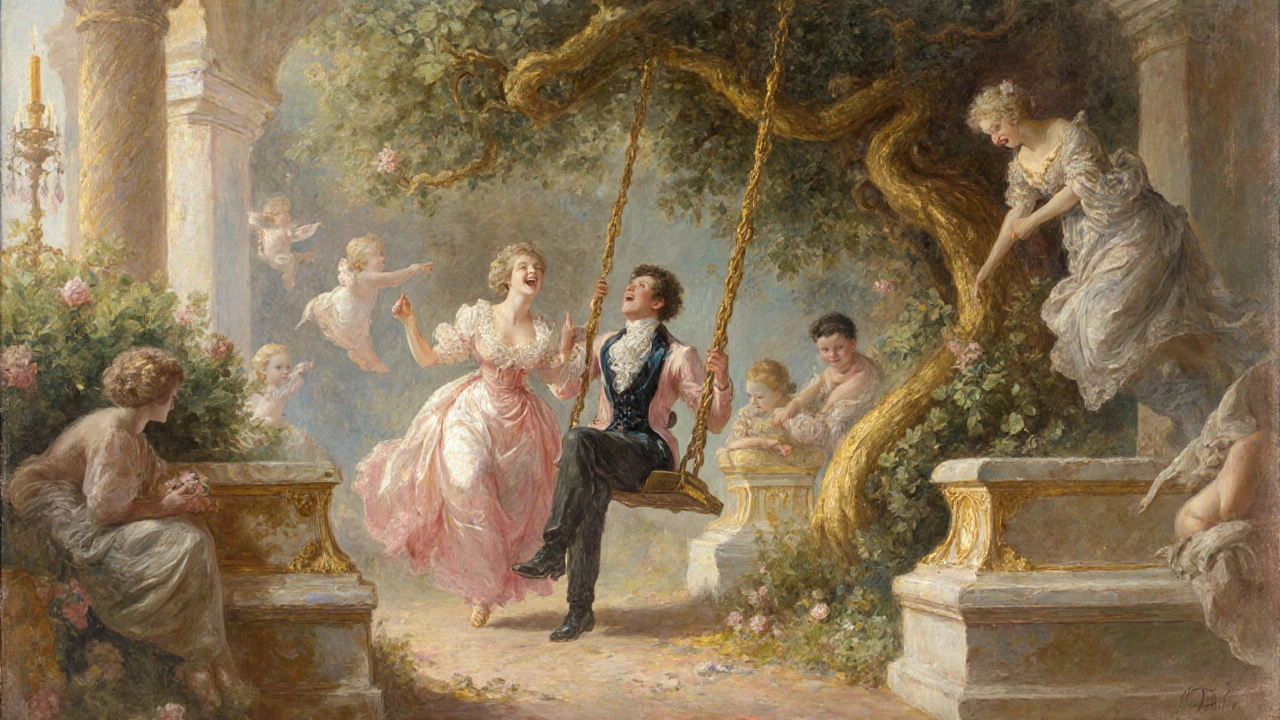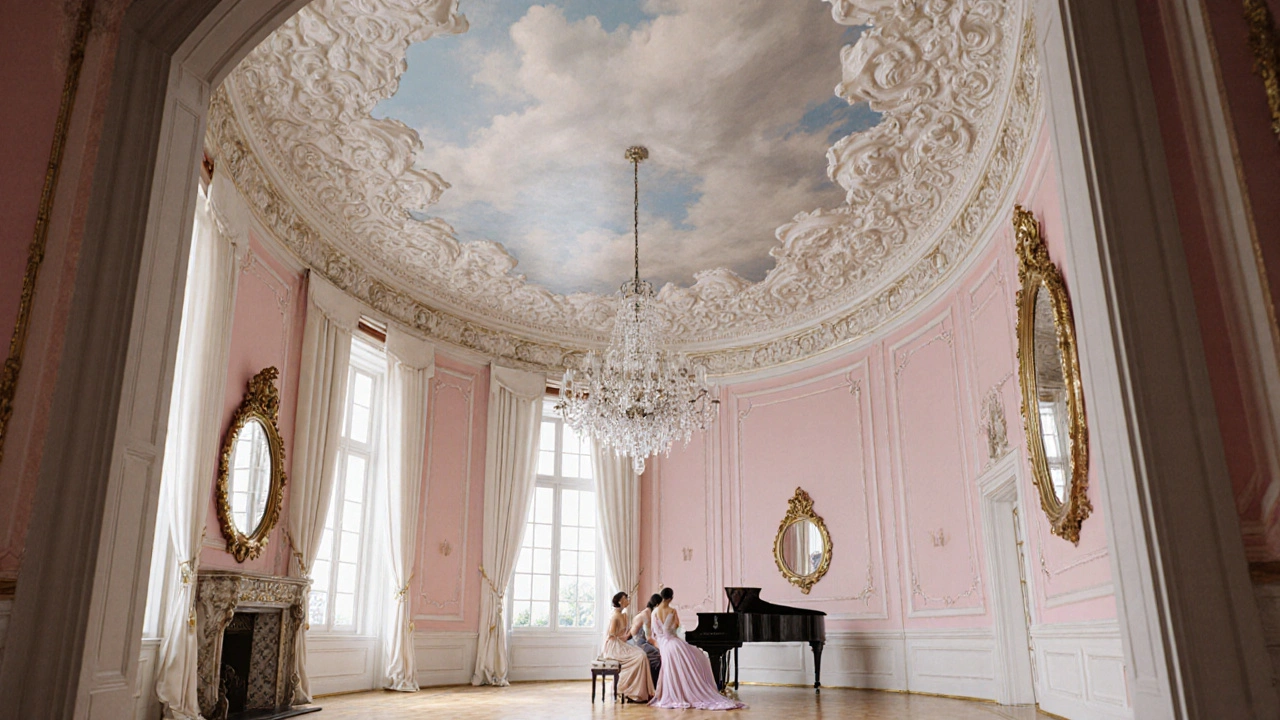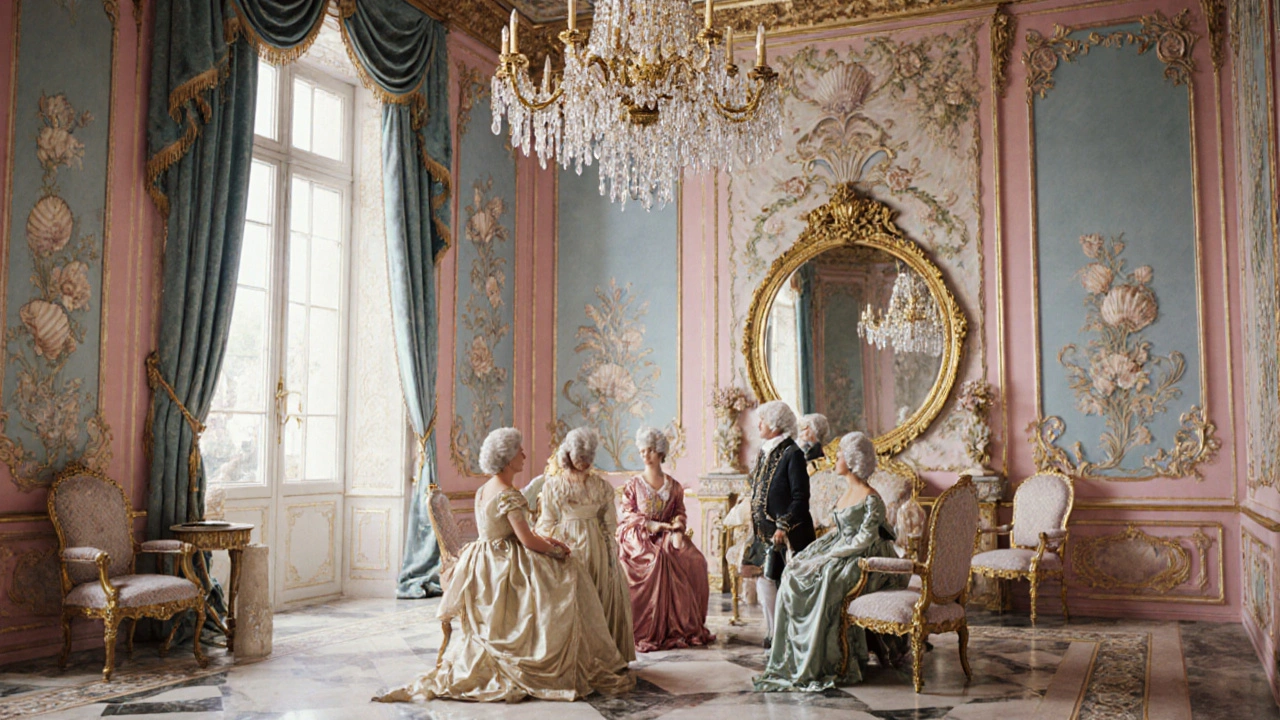Rococo was the playful, ornate art movement of 18th-century Europe that celebrated elegance, intimacy, and luxury. Known for pastels, gold, and curved forms, it defined aristocratic life before the revolution changed everything.
Rococo architecture: elegance meets exuberance
When exploring Rococo architecture, a light, ornamental style that blossomed in mid‑18th‑century France. Also known as Rococo, it blends asymmetrical scrolls, pastel palettes, and whimsical motifs to create interiors that feel like a celebratory fête. Rococo architecture isn’t just about pretty details; it reflects a cultural shift toward leisure, intimacy, and artistic experimentation.
How Rococo connects to its bigger family
Rococo encompasses the playful excess of Baroque architecture, a grand, dramatic style that dominated 17th‑century Europe while shedding the weighty monumentality for airy elegance. In practice, designers borrowed Baroque’s curving forms but softened them with delicate stucco, gilded accents, and pastel colors. The style also requires skilled artisans who could carve intricate shell motifs and feather‑light plasterwork—skills that were honed in Baroque workshops. The rise of French court life gave Rococo its distinct personality. French interior design French interior design, the art of arranging furniture, fabrics, and decorative objects in a harmonious, refined setting provided the playground where Rococo flourished. Lavish salons, private boudoirs, and garden pavilions became canvases for asymmetrical frescoes, mirror‑lined walls, and curvilinear furniture. Later, the elegance of Rococo seeped into Georgian architecture, the symmetrical, brick‑faced style that shaped Britain and its colonies in the 18th century. While Georgian exteriors stayed restrained, interior rooms often featured Rococo‑inspired plaster cornices and decorative chimneypieces, illustrating how the two worlds converged. Even the later Beaux‑Arts architecture, an academic style that celebrated grand composition and classical orders borrowed Rococo’s love for ornamental richness, especially in staircases and auditorium ceilings. These cross‑style links show that Rococo is not an isolated footnote; it’s a bridge between Baroque drama, French finesse, Georgian order, and Beaux‑Arts grandeur.
Understanding these connections helps you spot Rococo details whether you’re wandering through a Parisian salon, a Bavarian palace, or a historic home in Baltimore. Below you’ll find articles that dive deeper into the origins, hallmark features, and lasting influence of Rococo and its related styles. Ready to see how the lightness of Rococo still shapes today’s design landscape? Keep reading for practical insights and visual guides.
Explore the rise of Rococo, its playful aesthetics, key artists, architectural highlights, and lasting influence on modern design in this in‑depth guide.
Explore the rise and fall of Rococo, the playful French art style of the 18th century, its key artists, signature elements, and lasting impact on design.



